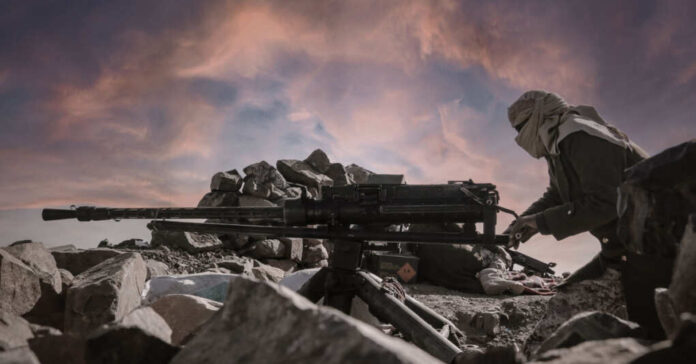
Unless you’ve been paying strict attention to Islamic rebel groups across the world, or spending a lot of time watching 24-hour news networks, it’s likely you aren’t familiar with the Houthis or what they even are.
As Christian Edwards explained for CNN, “The Houthi movement, also known as Ansarallah (Supporters of God), is one side of the Yemeni civil war that has raged for nearly a decade. It emerged in the 1990s, when its leader, Hussein al-Houthi, launched “Believing Youth,” a religious revival movement for a centuries-old subsect of Shia Islam called Zaidism.”
Formed to represent the Zaidis and resistance against the radical Sunnis and their version of Islam, particularly the Wahhabi edition that originated in Saudi Arabia. So when Ali Abdullah Saleh, the first president of Yemen since the country unified in 1990, backed the US following 9/11, it was a golden opportunity for Houthi to take advantage of the outrage of his countrymen, and stand up against Saleh.
Issuing a warrant for Houthi’s immediate arrest, he was ultimately unsuccessful in bringing him in. Instead, fighters killed Houthi in September 2004, which only made his following grow larger and more infuriated by his death. While never going away, they faded back until the Arab Spring protests of 2011. Eventually storming the capital, Saleh fled to Saudi Arabia where he pleaded for his life, as well as for the Saudis to attack the Houthis.
Since then, the two have been at war but reached a ceasefire agreement in 2022. Lasting only six months, the two sides haven’t started picking up their arms at full force since either. According to the UN, the fighting that occurred in Yemen was some of the worst seen across the globe, with over 250k killed. As part of their attempts to end the conflict, they have been trying to be legitimized by having the Saudis officially recognize them as in power, and over Yemen.
Backed by Iran, the Houthi fighters have been doing their bidding, and are 1/3 of the Axis of Resistance. Joined by Hamas in Gaza and Hezbollah in Lebanon, the trio have recently been working on anti-Israel and anti-Western missions almost exclusively.















